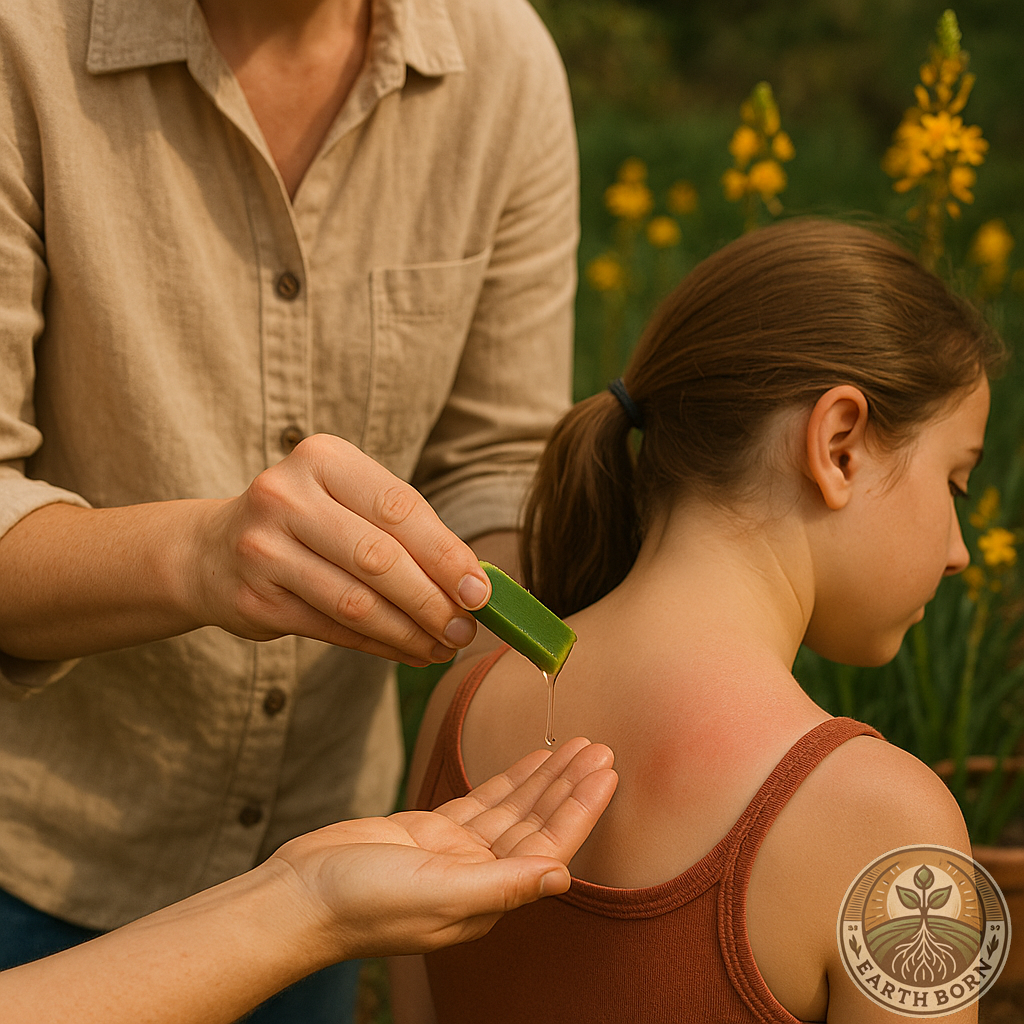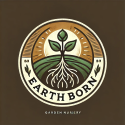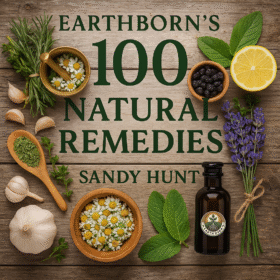
🌱 Introduction and history
Bulbine frutescens, commonly known as Stalked Bulbine or Snake Flower, is a hardy perennial succulent native to South Africa. A proud member of the Asphodelaceae family, it thrives in the veld and has long been valued for both its ornamental charm and powerful healing properties. Traditionally, it has been called the “living bandage” by communities who relied on its soothing gel for everyday wounds.
💊 Medicinal Benefits
Bulbine is packed with anti-inflammatory, antibacterial, and antifungal compounds, particularly acetylated anthraquinones and chrysophanol. The fresh leaf gel is widely used to treat burns, cuts, rashes, insect bites, eczema, and sunburn. It can also support wound healing and ease skin irritation. In some traditions, infusions are taken internally for digestive complaints, though this should be done with caution.
📅 When to Plant in South Africa
- Best sown in spring when conditions are warm.
- Seeds germinate in 2–4 weeks.
- Seedlings can be transplanted after 6–8 weeks.
- Plants should be at least 1 year old before harvesting for medicinal use.
🏡 Where to Plant
Ideal for garden beds, borders, and rockeries, Bulbine is also a favorite in water-wise gardens thanks to its drought tolerance. It grows happily in South African climates when planted directly in the ground.
🌞 Soil, Water & Sunlight Requirements
✅ Soil – Well-draining, sandy or loamy soil is best to avoid root rot.
✅ Sunlight – Loves full sun, but tolerates partial shade.
✅ Water – Moderate watering; drought-tolerant once established.
✅ Fertilize – Light feeding every 2–3 months with a balanced fertilizer.
✅ Spacing – Space 30–45 cm (12–18 inches) apart for clump growth.
✅ Seeds germinate – 2–4 weeks.
✅ Transplanting – At 6–8 weeks old.
✅ Maturity height – About 30–50 cm tall.
🍓 Flowers & Fruit
Bulbine produces clusters of star-shaped yellow to orange flowers almost year-round, with the heaviest bloom in spring and summer. The flowers attract bees, butterflies, and other pollinators. It does not produce significant edible fruit.
🌼 Companion Plants
Pairs beautifully with Aloe vera, Lavender, Rosemary, Agapanthus, and other drought-tolerant species for a striking, low-maintenance garden bed.
🐛 Common Pests
Watch for aphids, whiteflies, and snails. Good airflow and regular inspection help keep infestations under control.
🧺 Harvesting
Snip off mature leaves and use the gel immediately for topical remedies. Always allow the plant time to recover between harvests.
🫙 Storage
The gel can be stored in the fridge for up to 5 days in a sealed container. For longer use, it can be frozen into cubes.
🧪 How to Use as Medicine
- Topical gel – Break a fresh leaf and apply directly to burns, cuts, or rashes.
- Skin wash – Infuse leaves in warm water and use as a soothing rinse.
- Caution with ingestion – Traditional infusions exist, but internal use should only be under guidance from a qualified herbalist.
🎉 Fun Fact
Bulbine is often referred to as “nature’s bandage” in South Africa. It’s so effective for burns that many locals keep it near the kitchen for quick first aid.
⚠️ Caution
Some individuals may experience mild skin irritation. Test a small patch of skin first. Avoid ingesting without professional advice, especially for children or pregnant women.
📣 Call to Action
Add Bulbine (Bulbine frutescens) to your garden this spring and enjoy a resilient, water-wise plant that doubles as a living medicine chest. 🌿
#EarthBornGrower #MedicinalPlants #Bulbine #SouthAfricanGarden #GrowYourOwn


 **Meet Sprout!** Sprout is your friendly gardening companion at Earthborn, always ready with helpful advice on plant care, medicinal herbs, and natural gardening solutions. From seedling to harvest, Sprout provides expert guidance to nurture your garden and your well-being—making gardening easy, fun, and naturally rewarding.
**Meet Sprout!** Sprout is your friendly gardening companion at Earthborn, always ready with helpful advice on plant care, medicinal herbs, and natural gardening solutions. From seedling to harvest, Sprout provides expert guidance to nurture your garden and your well-being—making gardening easy, fun, and naturally rewarding.
